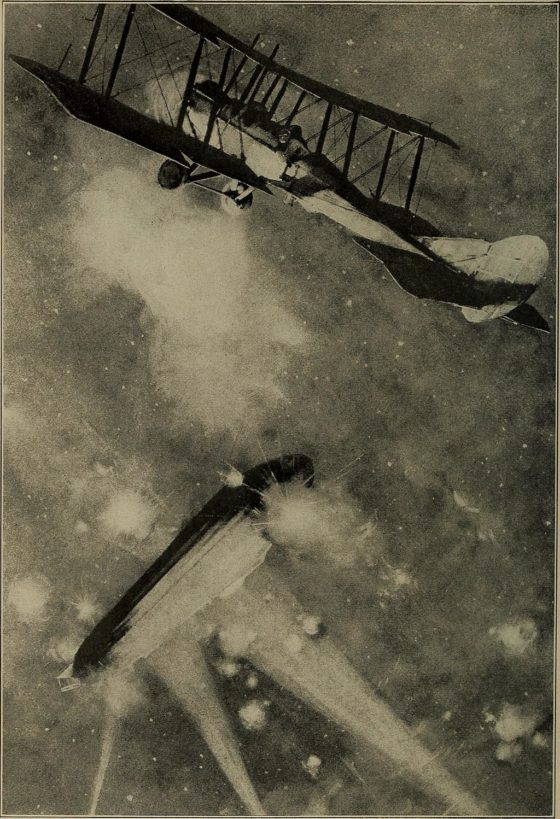
Readers of Canada’s Toronto Star learned this week about the late Richard Fuller Patterson – a young man who seemed to have everything to live for, but gave it all up to help stop tyranny.
The dashing Virginian wasn’t just a graduate of Harvard Law School, he was also an heir to the Lucky Strike tobacco fortune; his family founded the company back in 1871. Yet according to the newspaper, even the promise of a gold-plated future didn’t stop this determined 26-year-old from volunteering to join in the fight against the Third Reich… a full two years before the United States formally entered the Second World War.
The article, entitled “The Americans who died for Canada” describes how Patterson and more than 9,000 of his fellow countrymen flooded north across the Canadian border to enlist in that country’s military, which unlike the U.S. had been battling Germany since September of 1939. And according to the story, which was penned by Star reporter Mitch Potter, more than 800 of these volunteers, including Patterson, never returned. Trained on Spitfires, the blueblooded pilot’s life was cut short during a mission over Belgium, ironically on the very day the United States was propelled into the conflict – Dec. 7, 1941.
Interestingly enough, Americans who left home to fight for the British Empire risked more than just their lives.
“The U.S. didn’t look kindly on the cross-border surge, going so far as to warn those heading to Canada that they might not be welcome back,” wrote Potter.
But according to the article, even the threat of loss of citizenship didn’t deter the “gun jumpers” as they became known.
Now the contributions of some of these volunteers, including Patterson himself, are being recognized by their home state, even if it is belatedly. The Star reports that the names of 16 locally-born RCAF fliers were added to Virginia’s official war memorial in Richmond during a ceremony that took place earlier this week.
The Star article got us thinking about other examples of Americans who signed up to fight in foreign wars. Here are some:
• Thousands of Yanks flocked to the French colours during the First World War, long before the U.S. joined the conflict in 1917. A large number of these joined France’s fledgling air service. In fact, whole squadrons were formed comprised entirely of stateside volunteers including the 7th and 124th squadrons (the latter being known as the Lafayette Escadrille). Other Americans, as this source indicates, joined the French Foreign Legion.
• In 1936, nearly 3,000 Americas enlisted in the Abraham Lincoln Brigade to fight on the side of the anti-fascist Republicans during the three-year Spanish Civil War. Although the unit had the backing of some rather high profile Western intellectuals, celebrities and social activists including George Orwell, Ernest Hemingway, Woody Guthrie and Dashiell Hammett, many members of the unit were later branded Soviet sympathizers by the U.S.
• According to one source, as many as 500 Americans (and Canadians too) signed up to fight alongside the nascent Israeli army during the 1948 War for Independence. A number of these volunteers were veterans of the Second World War.
• Not all American “volunteers” to foreign militaries went so willingly. Case in point: from the end of the Revolutionary War right up to the eve of the War of 1812, more than 6,000 American sailors were pressed against their will into service with the Royal Navy. The British, perennially short on seamen in its 20-year fight against France, wasn’t too choosy about who it forced into the service of the Crown. And since England maintained that even former subjects (including Americans born prior to 1776) weren’t legally entitled to renounce their allegiance to King and Country, citizens of the United States were therefore obligated to serve if called upon. Accordingly, press gangs happily targeted U.S. sailors in port as well as on the high seas. London only halted the practice when it became clear that impressment would lead to conflict with the United States — an unwanted distraction for the war weary United Kingdom. Unfortunately, Washington commenced hostilities before news of the policy reversal reached the New World.
• America was also the beneficiary of foreign volunteers on a number of occasions in its history. More than 60,000 British subjects (including many from the Canadian colonies) signed up to fight for the Union during the American Civil War. Many were motivated to fight towards the eradication of slavery, although several thousand others enlisted in the Confederate States Army. Many, including journalist and explorer Henry Morton Stanley, were inspired to fight for what they considered to be the South’s right to independence. A century later, more than 30,000 Canadians volunteered to serve in the U.S. military in South East Asia, something that was reported on this very blog last month. More than 100 never returned.









